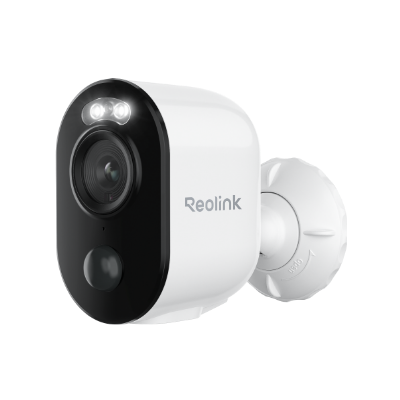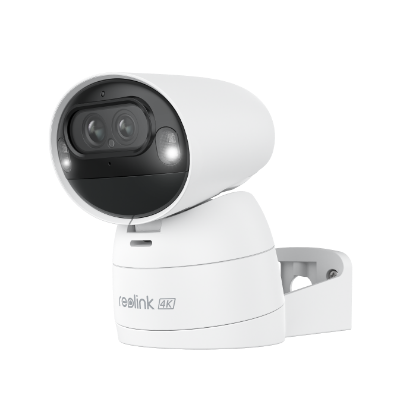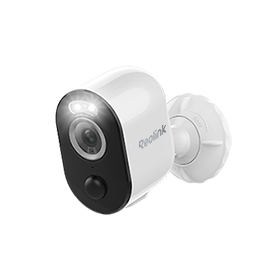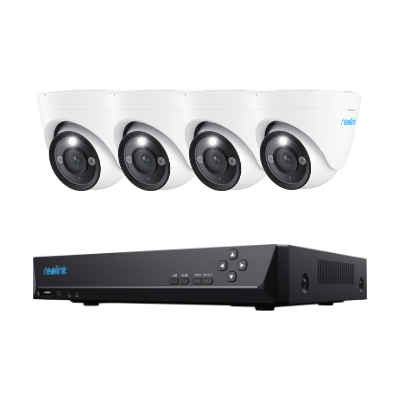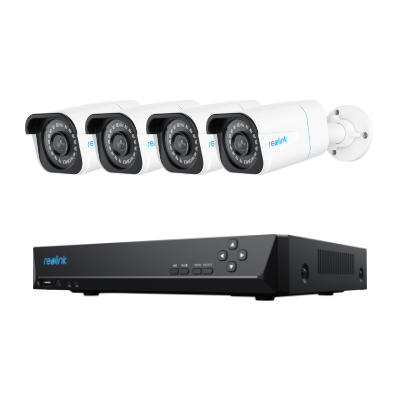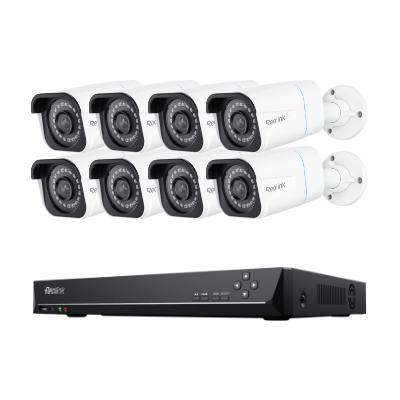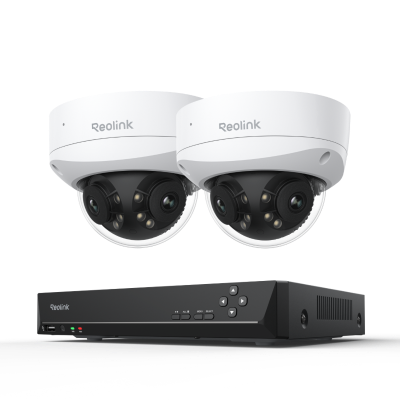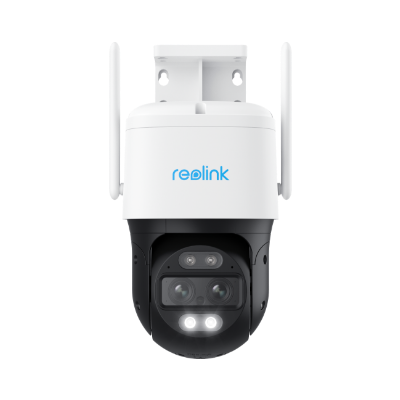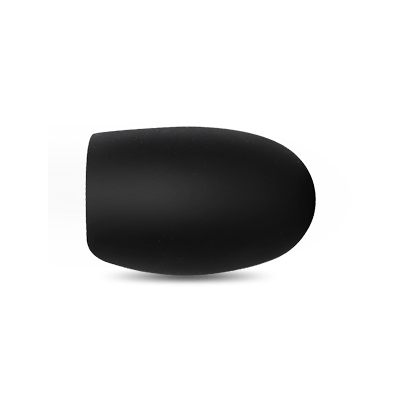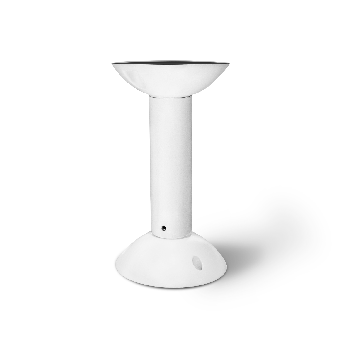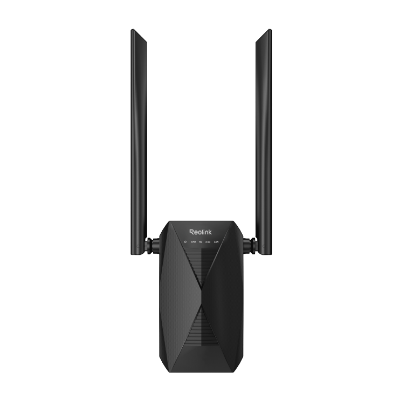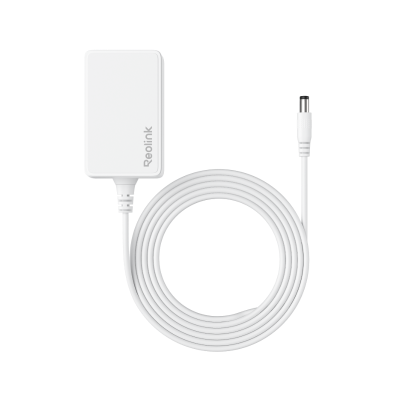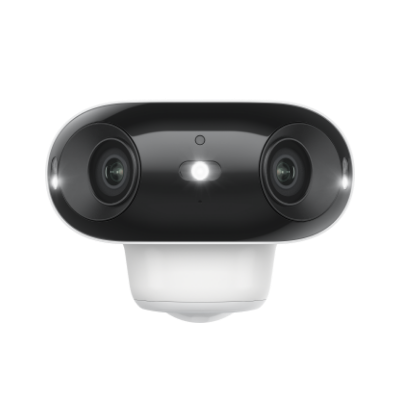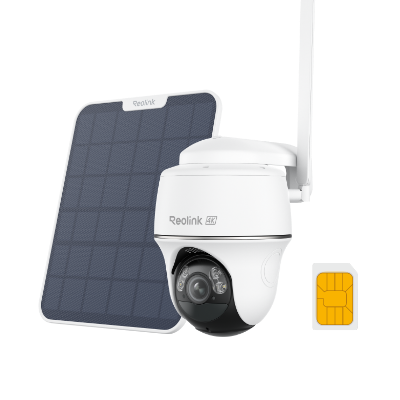Best Low Light Camera for Exceptional Shots
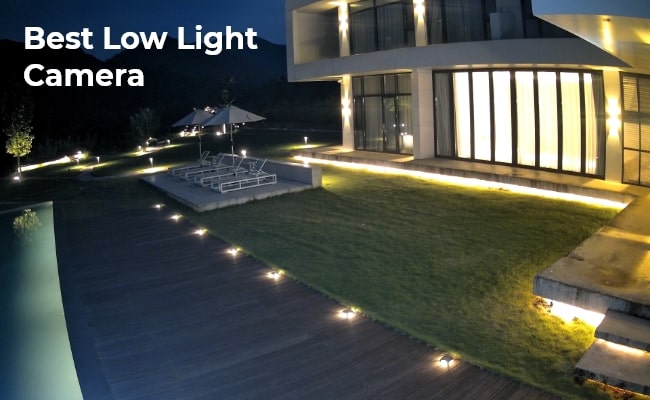
One of the most sought-after features of the best low light camera is its ability to capture stunning images in low-light conditions. Whether you're a professional photographer, a hobbyist, or simply someone who loves to capture the beauty of the night, having a camera that can perform well in low-light environments is crucial.
In this comprehensive article, we'll explore the best low light cameras on the market, discuss the essential features that make them stand out, and provide tips on how to maximize their performance.
Basics of Low Light Photography
Low-light photography can be a challenging and rewarding pursuit. It requires a deep understanding of the fundamentals of photography, such as aperture, shutter speed, and ISO. In low-light conditions, these settings become even more crucial as they determine the amount of light that reaches the camera's sensor, ultimately affecting the quality and clarity of the resulting image.
Capturing stunning low-light shots often involves a delicate balance between these various elements, as well as the use of specialized equipment, such as tripods, external flashes, and even specialized lenses. Mastering the art of low-light photography can open up a whole new world of creative possibilities, allowing photographers to capture the beauty of dimly lit scenes, nightscapes, and even astrophotography.
List of Best Cameras for Low Light Photography
Here are some of the best cameras for low-light photography:
- Sony a7S III
- Nikon D5600
- Canon EOS R6
- Fujifilm X-T4
- Panasonic Lumix S5
- Olympus OM-D E-M1 Mark III
- GoPro HERO10 Black
- DJI Osmo Action 3
What Makes the Best Low Light Camera?
When it comes to low-light photography, there are several key features that contribute to a camera's overall performance. These include:
Large Lens Aperture
The aperture, or the size of the opening in the lens, plays a crucial role in low-light photography. A larger aperture, denoted by a smaller f-number (e.g., f/1.4 or f/2.8), allows more light to reach the camera's sensor, resulting in faster shutter speeds and better low-light performance.
ISO Performance
The camera's ISO sensitivity is another important factor in low-light photography. A higher ISO setting allows the sensor to be more responsive to available light, but it also introduces more noise and grain into the image. The best low-light cameras have excellent high-ISO performance, allowing users to capture clean, noise-free images even in extremely dark environments.
Image Stabilization
Camera shake can be a significant issue in low-light conditions, as longer shutter speeds are often required to properly expose the image. Effective image stabilization, either in-camera or in the lens, can help mitigate the effects of camera shake, resulting in sharper, more stable images.
Sensor Size
The size of the camera's image sensor is also a critical factor in low-light performance. Larger sensors, such as those found in full-frame DSLR and mirrorless cameras, have larger pixels that can more effectively capture and process light, leading to better low-light image quality.
Types of Best Camera for Low Light
When it comes to the best cameras for low-light photography, several different types of cameras stand out:
Best Low Light DSLR Camera
DSLR (Digital Single-Lens Reflex) cameras are renowned for their excellent low-light performance, thanks to their large image sensors and advanced light-gathering capabilities. These cameras often feature high-quality lenses and advanced image processing, making them a popular choice for professional and enthusiast photographers alike.
Best Low Light Mirrorless Camera
Mirrorless cameras have gained significant popularity in recent years, and they have also proven to be excellent performers in low-light conditions. By eliminating the mirror mechanism found in DSLRs, mirrorless cameras can achieve a more compact design while still delivering impressive image quality, including in low-light situations.
Best Low Light Point and Shoot Camera
While not as versatile as their DSLR and mirrorless counterparts, some advanced point-and-shoot cameras can still deliver impressive low-light performance. These cameras often feature large image sensors, fast lenses, and advanced image processing algorithms to compensate for the smaller physical size.
Best Low Light Action Camera
Action cameras, designed for capturing high-intensity activities, have also made significant strides in low-light performance. These compact, rugged cameras often feature wide-aperture lenses and advanced image stabilization, allowing them to capture sharp, detailed footage even in dimly lit environments.
Best Low Light Security Camera
Low-light security cameras are a specialized category, designed to provide clear, high-quality footage even in the darkest of conditions. These cameras often feature advanced night vision capabilities, including infrared illumination and specialized image sensors, making them ideal for surveillance and security applications.
How to Make the Most of Best Low Light Video Camera
Capturing exceptional low-light video requires more than just a high-performance best camera for low light video. To get the most out of your low-light video camera, consider the following tips:
- Utilize Accessories: Accessories such as external flashes, tripods, or stabilizers can significantly enhance the performance of your low-light video camera, helping to reduce camera shake and improve overall image quality.
- Adjust Camera Settings: Familiarize yourself with the best video camera for low light manual controls, such as aperture, shutter speed, and ISO. By adjusting these settings, you can optimize the camera's performance for specific low-light conditions.
- Post-Processing: Even with a top-notch low-light camera, post-processing techniques can further improve the quality of your low-light footage. Tools like color grading, noise reduction, and sharpening can help refine the final output.
- Experiment and Practice: Low-light photography and videography require a lot of experimentation and practice. Don't be afraid to try different techniques, settings, and compositions to find what works best for your specific needs and shooting scenarios.
Recommendations for Best Low Light Compact Security Cameras
If you are looking for a surveillance camera for low-light environments, you can't miss the following Reolink models.
Best Battery-Powered WiFi Camera for Low-Light Environment - Reolink Argus 4 Pro
The new Reolink Argus 4 Pro is another top-tier choice for wireless outdoor security cameras that doesn't require a subscription. This battery-powered camera supports local storage with a MicroSD card of up to 128GB, or you can connect it to the new Reolink Home Hub.
Its exceptional ColorX technology makes it highly versatile for outdoor use, offering full-color night vision in low-light environments without the need for spotlights. The wire-free design allows for flexible placement around your home. Additionally, the dual-lens setup provides a comprehensive 180-degree field of view, ensuring no blind spots in your outdoor spaces.
4k 180° Wire-free Color Night Vision Camera
4K UHD 180° Blindspot-free View; Color Vision Day and Night; 30% More Battery Life; Dual-band Wi-Fi 6; Smart detection.
The Reolink Argus 4 Pro is ideal for those seeking full-color night vision without visible spotlights. For a more budget-friendly option with reliable performance, consider the Argus 4 standard version.
4k 180° Blindspot-free Wi-Fi 6 Camera
4K UHD 180° Blindspot-free View; Dual-band Wi-Fi 6; Smart detection; Easy Installation Anywhere
Best True-Full Color Night Vision PoE Camera - Reolink CX410
The Reolink CX410 is an exceptional choice for a true-full color night vision camera. Featuring an F1.0 super aperture and 3000K adjustable warm light, this camera delivers stunning color imagery even in the dimmest light conditions. With advanced person, vehicle, and animal detection, the CX410 provides reliable and accurate surveillance, making it an ideal choice for both indoor and outdoor low-light environments.
2K PoE ColorX Night Vision Camera
2K 4MP; F1.0 Super Aperture; ColorX True Full Color Night Vision; 3000K Adjustable Warm Light; Advanced 1/1.8'' Sensor; 2-Way Audio.
Best Compact Camera for Nighttime Surveillance - Reolink Go PT Ultra
The Reolink Go PT Ultra is a compact, yet powerful 4K cellular security camera that shines in low-light situations. With its 4K 8MP Ultra HD resolution, pan-tilt-zoom capabilities, and advanced color night vision, the Go PT Ultra is an excellent choice for nighttime surveillance. Its 3G/4G connectivity and solar/battery power options make it a versatile and convenient solution for a wide range of security applications.
4K 8MP Wire-Free 4G LTE PT Battery Camera
4K 8MP; Smart Detection; 355° Pan & 140° Tilt; Battery/Solar Powered; Color Night Vision; Smart Real-Time Alert.
FAQs
What camera is better in low light?
DSLRs and mirrorless cameras with larger image sensors, faster lenses, and advanced image processing capabilities are generally better performers in low-light conditions compared to standard point-and-shoot cameras.
Are mirrorless cameras better for low light?
Mirrorless cameras can be excellent choices for low-light photography, as they often feature large image sensors, fast lenses, and advanced image stabilization, similar to high-end DSLR cameras. The lack of a mirror mechanism can also contribute to improved low-light performance in some cases.
What makes a good night vision camera?
A good night vision camera should have a large lens aperture, high-sensitivity image sensor, and specialized infrared (IR) illumination to capture clear, detailed footage in complete darkness. Advanced features like motion detection and color night vision can also enhance the camera's effectiveness in low-light environments.
Conclusion
Capturing breathtaking images and videos in low-light conditions is a true art form, and having the right camera is essential. In this comprehensive guide, we've explored the key features that make the best low-light cameras stand out, as well as the different types of cameras that excel in dimly lit environments.
We'd love to hear your thoughts and experiences with low-light photography. Share your favorite low-light cameras, techniques, and tips in the comments below!
Search
Subscribe for the Latest Updates
Security insights & offers right into your inbox







































